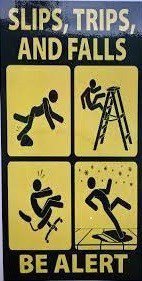What you can do for prevention of Slips, Trips And Falls?
You must manage the health and safety risks for prevention of Slips, trips and falls.
To do this you need to decide whether you are doing enough to prevent harm known as Risk Assessment.
It is very important to prevent slips, trips and falls.
A risk assessment is not about creating huge amounts of paperwork.
But rather about taking sensible measures to control the risks of slips, trips and falls in your workplace.
For example using doormats to stop rainwater tracking in and making the floor slippery.
You are probably already taking steps to protect your employees, but your risk assessment will tell you whether you should be doing more.
You then need to put these control measures into practice.
Consider what risks in your workplace may lead to slip or trip or fall injuries, and then decide what suitable and effective control measures will prevent these types of accidents.
Concentrate on the real risks those are most likely to cause harm.
Think about how accidents could happen and whom it might harm. You can do this by:
- Asking your employees what they think the hazards are, as they may notice things that are not obvious to you and may have some good ideas on how to control the risks.
- Using the hazard spotting checklist and slips and trips mapping tool to help you identify problem areas.
- Referring to the ‘Practical steps to prevent slips and trips accidents’ section below.
In many instances, direct measures can readily control risks.
for example ensuring spillages cleaned promptly so people do not slip.
Make a record of your significant findings and what you have in place to prevent them.
It is good practice to keep a record.
Few workplaces stay the same, so it makes sense to review what you are doing on an ongoing basis.

Managing for health and safety
A good management system will help you identify problem areas.
Decide what to do, act on decisions made. Then check that the steps taken have been effective.
Practical steps to prevent slip, trip and fall accidents
There are many simple ways to control slips, trips and falls risks and prevent accidents in your workplace. Here are a few examples.
Stop floors becoming contaminated
- Use entrance matting.
- Fix leaks from machinery or buildings.
- Make sure plant and equipment in good condition.
- Design tasks to minimize spillages.
- Plan pedestrian and vehicle routes to avoid contaminated areas.
Use the right cleaning methods
- Make sure that your cleaning method is effective for the type of floor you have.
- Don’t introduce more slips risks while cleaning.
- Leave smooth floors dry after cleaning/exclude pedestrians until the floor is dry.
- Remove spillages promptly.
- Have effective arrangements for both routine cleaning and dealing with spills.
- Use the appropriate detergent mixed at the correct concentration.
Consider the flooring and work environment
- Check for loose, damaged and worn flooring and replace as needed.
- Make proper arrangement for wet and slippery surfaces to avoid slip, trip and fall.
- Make sure lighting is sufficient and that slopes or steps are clearly visible.
- Keep walkways and work areas clear of obstructions.
Get the right footwear
- Slip resistant footwear can help prevent slip and fall accidents, in case where it is not possible to kept floor clean and dry.
- Trial footwear first to make sure it is suitable for the environment and for those who will be wearing it, i.e. comfort and fit.
- Footwear as personal protective equipment must be provided free of charge to employees.
Think about people and organizational factor
- Consider how work is organized and managed. e.g, to avoid rushing, overcrowding, trailing cables.
- Make sure employees are involved in the decisions that affect them. e.g., choice of PPE footwear or a change in cleaning methods.
What can employees do to prevent slips and trips?
In all workplaces :
- If you see a spillage, clean it up or make arrangements for it to be cleaned.
- Report any damaged floors or mats. Play your part and keep the workplace tidy.
- If you see items on the floor where someone could trip over them, remove them or arrange for them to be removed or for the situation to be made safe.
- If you are given PPE, wear it and look after it. Report any faults or damage to your employer and make arrangements for a replacement.
- Tell about any work situation that you think is dangerous, or if you notice that something has gone wrong with their health and safety arrangements.
- Regularly do Tool Box Talk and have a discussion on it.

